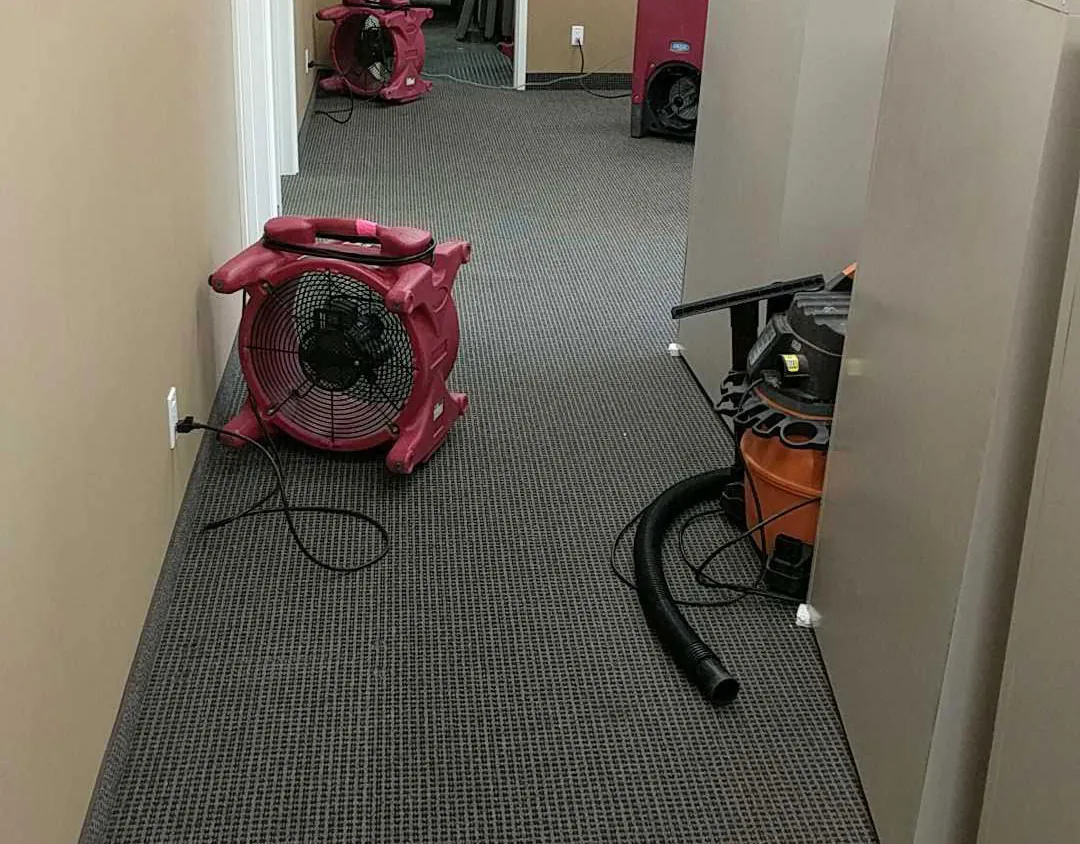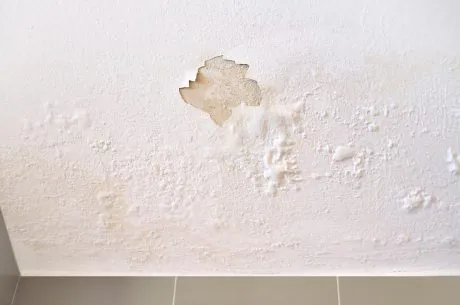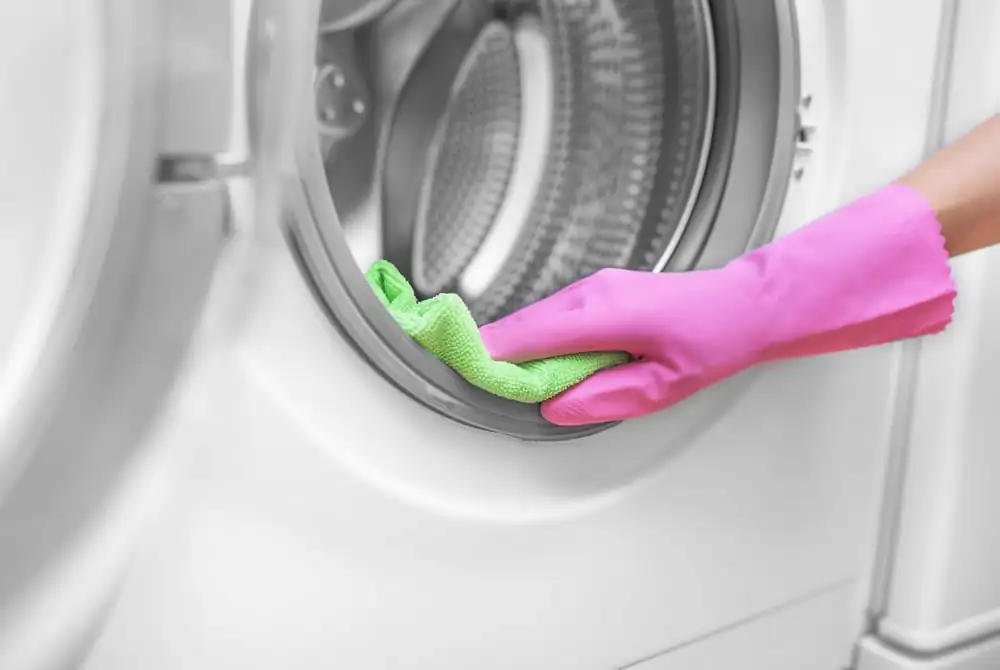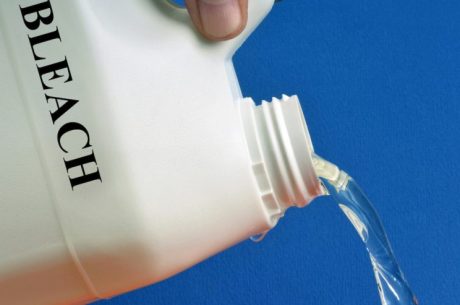After a flood, carpets can become soaked in water, which can lead to a range of problems. This includes mold formation that can create a health hazard and release a musty smell in your home or business. In some cases, carpets can be saved if they are promptly and properly dried out. This article explains whether flooded carpet cleaning is possible after a major water damage event.
Many home and property owners may wonder if their carpet and pad can be saved. Carpeting can be an expensive investment, whether it’s in your basement or office. Keeping it is more cost-effective than replacing it, but successful flooded carpet cleaning depends on many things.
The age and quality of the carpet and pad and installation type are key factors. But knowing the kind of floodwater involved is essential to understanding if water-damaged carpet cleaning is possible. In the water damage restoration industry, we classify floodwater into three main categories.
The Three Main Types of Floodwater
Category 1: Clean water from a broken pipe or rainwater that has not mixed with contaminants. Saving a carpet damaged by Category 1 water is possible if the carpet has been wet for less than 24-48 hours. Otherwise, the water may “degrade” into Category 2. Professionals can restore both padding and carpet through proper sanitation and remediation procedures.
Category 2: Greywater is contaminated and can cause sickness if swallowed or if it touches the body. This includes overflow from washing machines or dishwashers, toilet overflows with no solid matter, broken aquariums, sump pump failures, etc. The padding needs to be replaced with this type of loss, but the carpet can be salvaged. Not treating a Category 2 loss within 24-48 hours will turn into a Category 3.
Category 3: Blackwater that’s highly contaminated with pathogens or other harmful agents and materials. Examples include sewage, toilet backflows, flooding from seawater, rivers, streams, and water from hurricanes, storms, or other weather-related events. Cleaning your flooded carpet is nearly impossible if Category 3 water saturated it.
Every water damage situation is different. So, you cannot know for sure if or when your carpet and pad can be salvaged until you have a professional restoration company inspect the carpeting.
Also, the faster you report the disaster, the lower the costs will be. If you’re dealing with a flooded carpet cleaning problem, contact your local PuroClean office right away.
Flooded Carpet Cleaning: DIY or Call a Pro?
While extracting the water yourself has some benefits, professional carpet cleaning is a much better solution. A shop vacuum, towels, and ceiling fans are no match for professional extraction and drying equipment. Plus, an expert can evaluate the entire water damage incident and mitigate and remediate the whole loss, not just the carpet.
Also, the mitigation process should begin without delay. Otherwise, the carpet can suffer permanent damage. To have a better chance of saving the carpet, contact a professional restoration company at once after the water damage incident. They have the tools and expertise to sanitize and dry the flooded carpet efficiently.
Except for cases of blackwater flooding, professional carpet cleaning can bring carpets back to life. The goal is not to replace but to restore. A professional can help you save money by avoiding the high replacement costs.
Other Flooded Carpet Cleaning Considerations
Here are other important things to consider before, during, and after flooded carpet cleaning:
- Insurance and Documentation: After any flooding incident, always call your insurance company. Your homeowner’s insurance might cover the flood damage, but some flooding losses are not covered. For those, you might need separate flood insurance. If the loss has coverage, take photos and videos of the damage right away and file the insurance claim. Your insurance agent may also recommend a reputable restoration company to come to your rescue.
- Padding Replacement: In some cases, it might be necessary to replace the padding (also known as the carpet cushion or underlay) even if you can salvage the carpet. Padding can retain moisture and be more difficult to dry thoroughly.
- Odor Removal: Even after drying and cleaning, lingering odors may remain. Use specialized odor-neutralizing products or consult a professional for odor removal if necessary.
- Environmental Considerations: Be aware of environmental regulations and disposal requirements for damaged carpet and padding, especially if they were exposed to contaminated water. For information on acceptable disposal or recycling choices, check the local regulations.
- Health Concerns: Be mindful of potential health risks associated with flood damage, such as mold, mildew, and waterborne pathogens. If you have concerns about health hazards, consult with a healthcare professional.
- Prevention Measures: After restoring the carpet and pad, consider implementing preventative measures to reduce the risk of future floods. This might include better sealing of doors and windows, installation of sump pumps, or raising electrical outlets above flood levels.
Call the PuroClean Pros for Flooded Carpet Cleaning Services
For advice on whether your carpet and pad can be preserved, it’s usually better to speak with professionals, such as those who specialize in water damage restoration or carpet cleaning services. They can support the repair and cleaning procedures as well. The choice to keep the carpet and pad or replace it ultimately comes down to the particulars of the situation and the extent of the flood damage.
Call the PuroClean professionals to assess and fix your flood carpet situation. Our restoration teams will provide an industry-standard estimate and create a proper plan of action to restore your carpet quickly.




